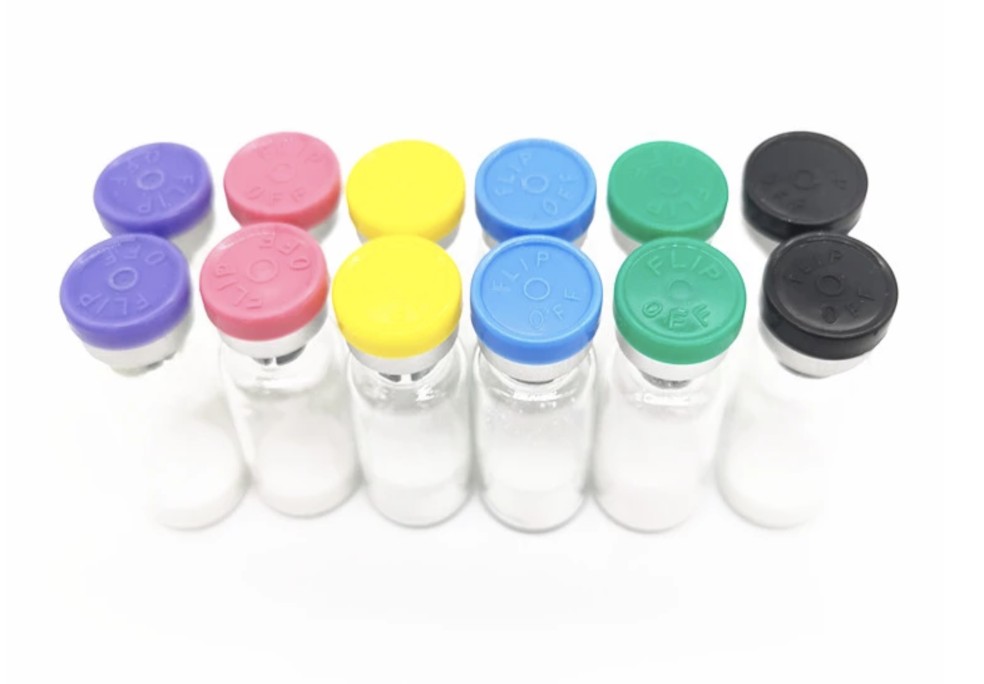Inzulinu podoben rastni faktor 2 (IGF2) je beljakovinski hormon, za katerega je znano, da uravnava celično proliferacijo, rast, migracije, diferenciacijo in preživetje. Gen je starševsko vtisnjen v smislu, da so prepisi skoraj izključno izpeljani iz očetovskega alela. Izguba imprintinga gena IGF2 je ponavljajoče se opažanje pri motnjah rasti, ki združujejo čezmerno rast z različnimi malignimi tumorji. Moreover, IGF2 has been proposed to play a role in the development of a variety of seemingly unrelated cancers that play an important role in geriatric medicine, e.g. breast cancer, colon cancer and lung cancer. Finally, IGF2 has been implicated in cardiovascular disease, since, for example, IGF2 has been shown to influence the size of atherosclerotic lesions.
IGF2 is a crucial factor for the regulation of cell proliferation, rast, migracije, diferenciacijo in preživetje. IGF2 (as well as IGF1) interacts with several receptors and binding proteins in order to exert its actions. It binds to the non-signaling IGF type 2 receptor (IGF2R) with high affinity. This receptor is homologous to the cation-independent mannose-6-phosphate (M6P) receptor. IGF2 can also bind to different signaling receptors, such as the IGF type 1 receptor (IGF1R) and the insulin receptor, albeit with lower affinity, although an alternatively spliced version of the insulin receptor, named insulin receptor isoform A, may bind IGF2 with higher affinity.
Both IGF1 and IGF2 are present in the circulation and can be readily detected in plasma. As might be predicted from the pattern of synthesis, circulating IGF1 levels rise during juvenile life and then decline after puberty, while circulating IGF2 levels are highest in the fetal circulation. Circulating IGFs are mostly associated with 6 specifically designed binding proteins (IGFBPs) which exhibit tissue- and stage-specific expression. In vitro, all IGFBPs inhibit the biological activity of IGFs, suggesting that part of their function may be to restrict the availability of biologically active IGFs






















